When the Goldenrod Peaks
|
Widget for blogger by Way2Blogging | Via Spice Up Your Blog Gadgets
|
I'm Gonna Make You Love 'Em
Saturday, September 26, 2020
10 commentsI tried for days to get a better photo of the bowl and doily spider. It's just so tiny and so hard to shoot, because it hides under the gauzy web and swiftly climbs to a hiding place if you disturb it.
Finally, persistance was rewarded. I found a beautiful big female amidst the budding heath aster. Oh yes!What a looker, what a little jewel. As I have learned more about and come to admire spiders so much, my fear of them has vanished. They are by and large harmless. I mean, I don't pick up black widows, and I'm glad I live (mostly) out of range of the brown recluse, but I'm not afraid to let a little thing like this hitch a ride on my finger to a better spot.
This is another one for which it's tough to get a decent photo. The Pennsylvania Grass Spider, Agelenopsis pennsylvanica, is a hulking beast that spreads a web of unsticky silk a foot or more across a meadow floor. It waits in a neat tunnel for the vibrations of an insect walking across the silk, then dashes out with lightning speed to snag it. For this species, iNaturalist got me to the grass spider genus, Agelenopsis, and I hit my beautiful Common Spiders of North America book by Rich Bradley to narrow in on the species. The plates in that book are to die for. Highly recommended.
|
Widget for blogger by Way2Blogging | Via Spice Up Your Blog Gadgets
|
28 Minutes of September
Tuesday, September 15, 2020
12 commentsThe morning started beautifully, at 8:17 AM with this spring's rose-breasted grosbeak, trying to sing. He'd gotten strawberry jam all down his front. Just kidding--he's coming into his first adult plumage, but it's gonna take a couple years. I love seeing them when they're just showing the first hints of their sex.
|
Widget for blogger by Way2Blogging | Via Spice Up Your Blog Gadgets
|
How to Paint a Bunting
Thursday, September 3, 2020
12 commentsI'm telling about the execution of my most recent Klamm Award commission for the Wilson Ornithological Society. Each year, the Society commissions me to paint something (a bird and associated stuff) for the winner. The recipient in 2020 is John Kricher, multitalented author of the recently updated A Neotropical Companion, a classic in the natural history field, and now author of the just-published, lavishly illustrated Peterson Guide to Bird Behavior.
John's wife, Martha Vaughan, was in on the secret award, and she selected a bird that's one of his favorites--a painted bunting! John and Martha are avid bird art enthusiasts, and they already own a few of my pieces, so I was thrilled beyond thrilled to paint something to surprise John.
Putting it all together turned out to be the work of weeks, all internal, all thinking and stewing and throwing sketch after sketch into the circular file. The thing that was throwing me was scale. Palmettos are huge plants, and I loved the graphic possibilities of brilliant little birds against their massive fronds. If I drew that, though, I couldn’t figure out how to give “a bit of salt marsh” through them, and also include Spanish moss. I took those three elements: palmetto, Spanish moss, and marsh, and mashed them together in every way I could come up with. Thanks to the tiny-bird-large-frond issue, the palmetto always overpowered the composition and the birds, too. I realized that what I (and probably you) loved the most was the “bit of salt marsh,” that feeling of place, exactly where the birds make their living. So I backed up and started over. Composed the marsh landscape. Then figured out how to work in palmetto in the middle distance, and put the Spanish moss in the front with the birds, because it was in scale with the birds, at least, and wouldn’t take over the composition. I’m not sure what the shiny-leaved thing is—yaupon? Oak? It made a fine foil for the birds, so in it went.
|
Widget for blogger by Way2Blogging | Via Spice Up Your Blog Gadgets
|








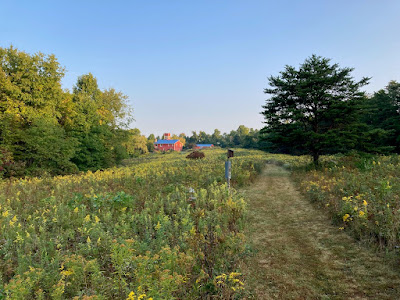






























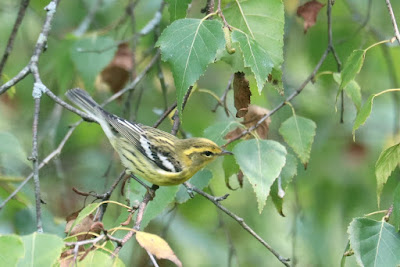

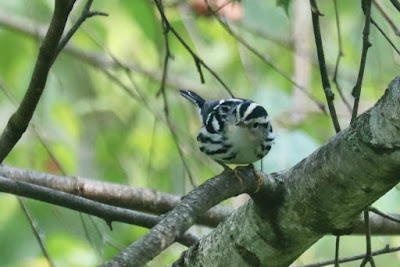
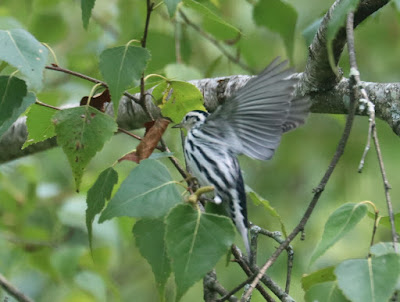














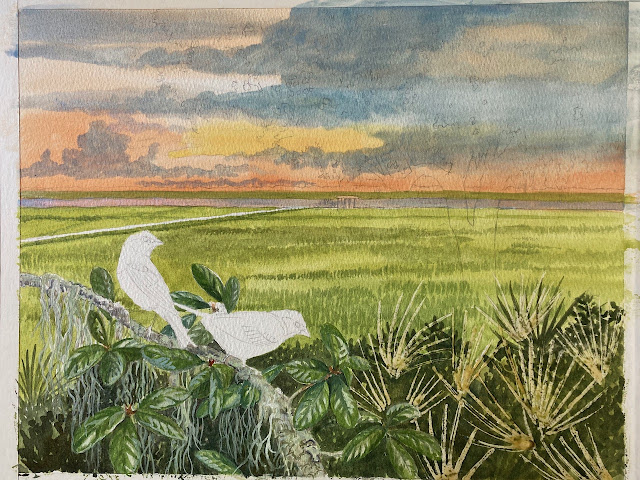




















Wednesday, September 30, 2020
5 comments